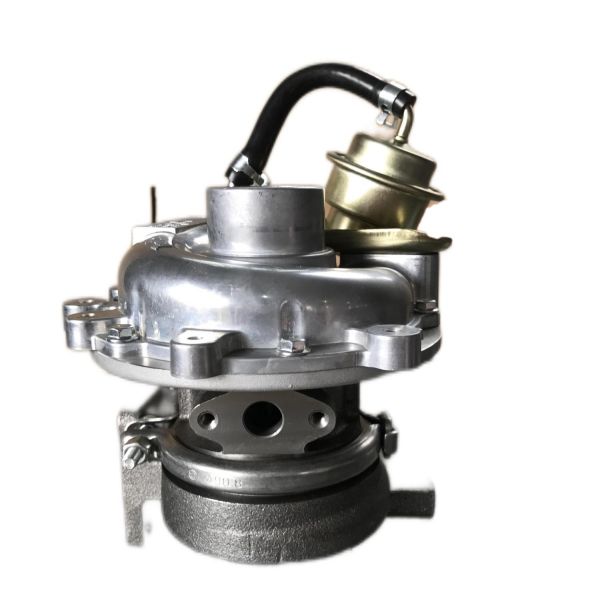What is a turbocharger? What is its role in cars?
WL84 turbo is a kind of air compressor driven by the exhaust gas produced by the operation of the internal combustion engine through the structure of two coaxial impellers. It is installed in the air intake of the engine, and by mixing air and fuel, the energy of the fuel mixture can be increased, thus increasing the output power of the engine. The working principle of WL84 turbo is to use the exhaust gas from the engine to drive the turbine and make the turbine rotate. At the same time, the heat and flow rate of the exhaust gas are used to increase the air intake, so as to improve the power and torque of the engine. The role of WL84 turbo in the automobile is to improve the power and torque of the engine, so as to improve the acceleration performance and fuel economy of the vehicle. At the same time, the turbocharger can also improve the engine emission standards and reduce pollutant emissions. WL84 turbo has strict requirements for the engine. It must work under the condition that the engine exhaust emission meets the standard, and needs to be cleaned and maintained regularly to keep it working normally. There are two types of turbochargers commonly used in automobiles, which are constant pressure turbocharging and pulse turbocharging. These two turbochargers have their advantages and disadvantages in design and practice, so let's introduce them respectively.

Constant pressure turbocharging system:
The constant pressure turbocharging system collects the exhaust from all the cylinders of the internal combustion engine into a large enough exhaust pipe, and then introduces the turbine. Although each cylinder is discharged alternately, the pressure at the inlet of the turbine is basically unchanged due to the pressure stabilization of the exhaust pipe, so it is called a constant pressure supercharging system. The main advantages of constant pressure turbocharging are: turbine full-cycle intake under constant pressure, high efficiency; less excited vibration caused by air flow, not easy to cause blade fracture; simple exhaust system, low cost, easy layout and maintenance. The main disadvantage is that the utilization rate of pulse energy is low. Experiments show that when the pressurization pressure is small, the constant pressurization system uses only 12%-15% of the exhaust energy, and can reach more than 30% at high pressurization. In addition, the constant pressure turbocharged internal combustion engine has poor low speed torque characteristics and acceleration performance.
Pulse turbocharging system:
The purpose of the pulse turbocharging system is to improve the efficiency of energy loss in the constant pressure system. The characteristic of this scheme is that the exhaust pipe is short and thin, and the solution of the exhaust system should be as small as possible, so that the exhaust can expand directly into the turbine and reduce the throttling loss. By setting an expansion throttling device in the exhaust pipe, the pulse turbocharging system makes full use of the exhaust energy, thus improving the efficiency and power output of the engine. Compared with constant pressure turbocharging, pulse turbocharging system has higher efficiency and better response performance.
However, the pulse turbocharging system is relatively complex, the cost is high, and in some cases may reduce the engine output power.
In a word, the constant pressure turbocharging system is slightly inferior to the pulse turbocharging system in improving engine efficiency and power output, but because of its simple structure, easy maintenance and low cost, so it has been widely used in compact or entry-level engines. On the other hand, the pulse turbocharging system has higher efficiency and better response performance, but it is relatively complex and expensive, so it is more suitable to be used in high-end or high-performance engines.
